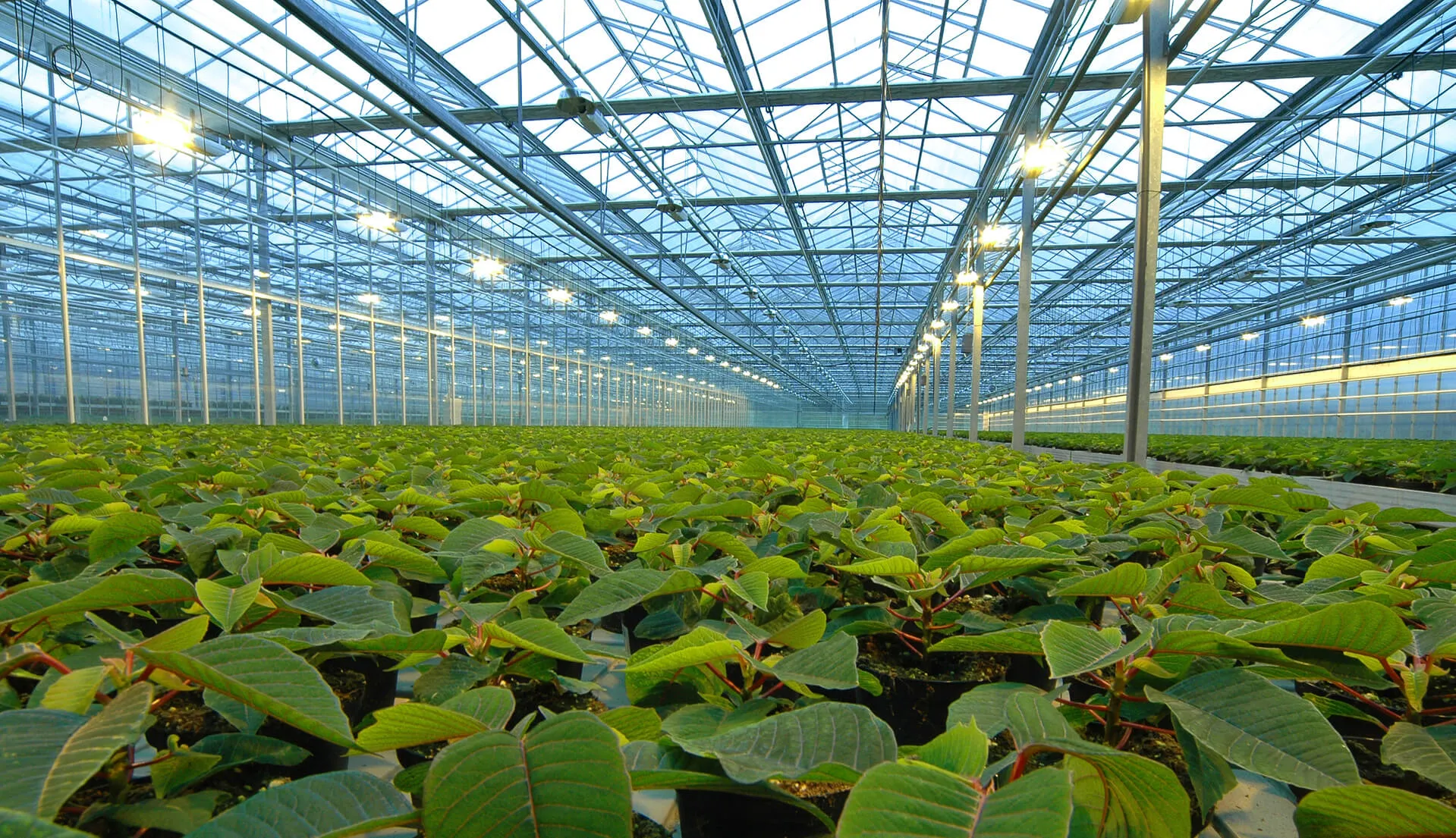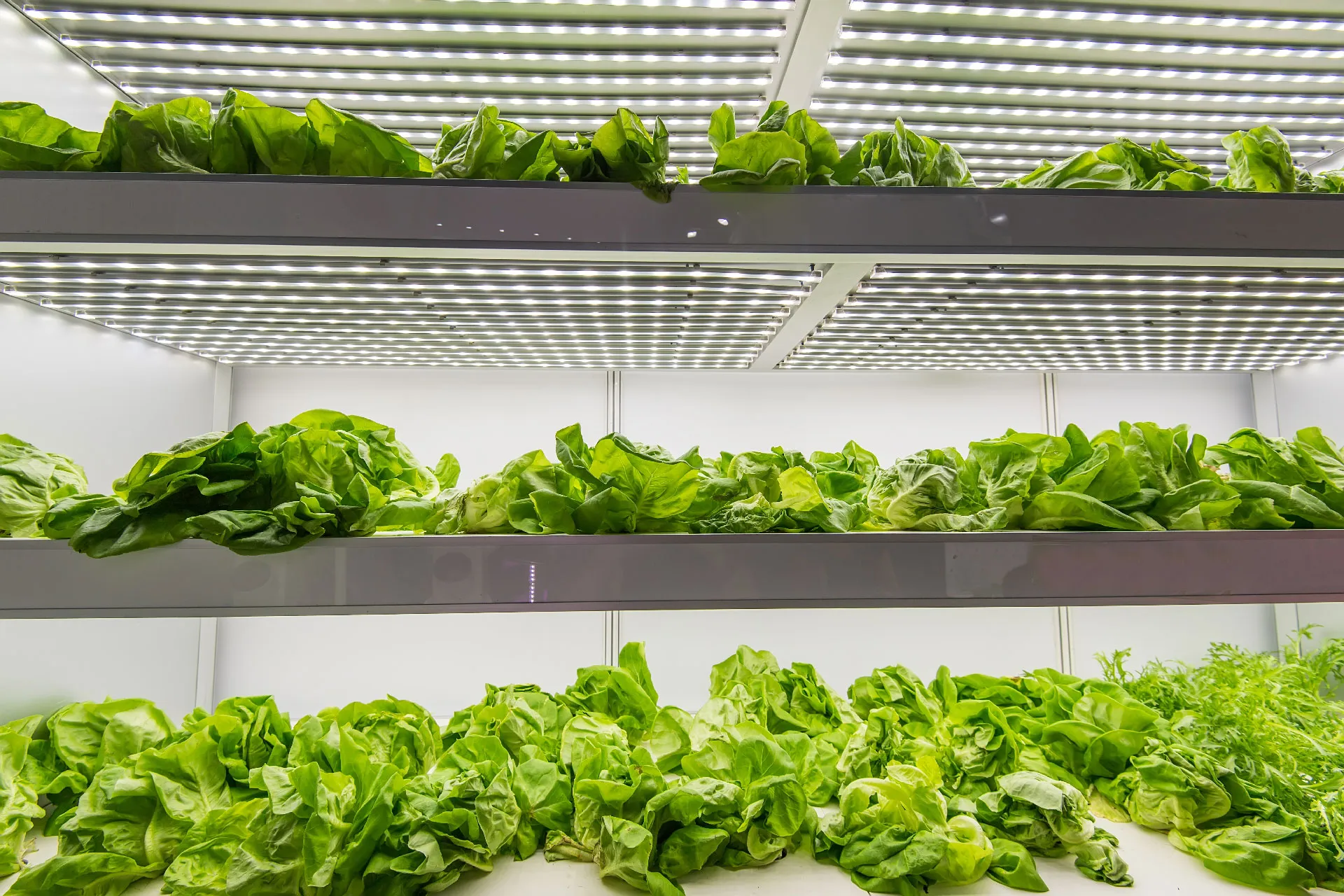
I had no idea I could get money back for LED grow lights. I had already decided to buy the lights, then Green Rebates ended up getting me a $175,000 check. It was like hitting the jackpot in Vegas! I couldn’t believe it.
PORTLAND, OR – URBAN AGRICULTURE
Green Rebates has been a game-changer for our cultivation facility. Their knowledge and expertise in energy rebates, specifically tailored to the needs of larger grow operations, have been invaluable.
INDICOOL INDUSTRIES
I was on the fence about switching to LED grow lights. But when I started working with Green Rebates and they told me how much I would be saving I couldn’t say no. I wouldn’t work with anyone else.
OKLAHOMA CITY, OK – INDOOR AGRICULTURE
As a cultivator, finding cost-effective solutions for energy efficiency is crucial for our business. That’s why we turned to Green Rebates, and they exceeded our expectations. Their expertise in energy-saving technologies for larger grow facilities is unmatched.
TERPINATOR FARMS
I had no idea I could get money back for LED grow lights. I had already decided to buy the lights, then Green Rebates ended up getting me a $175,000 check. It was like hitting the jackpot in Vegas! I couldn’t believe it.
PORTLAND, OR – URBAN AGRICULTURE
Green Rebates has been a game-changer for our cultivation facility. Their knowledge and expertise in energy rebates, specifically tailored to the needs of larger grow operations, have been invaluable.
INDICOOL INDUSTRIES
As a cultivator, finding cost-effective solutions for energy efficiency is crucial for our business. That’s why we turned to Green Rebates, and they exceeded our expectations. Their expertise in energy-saving technologies for larger grow facilities is unmatched.
TERPINATOR FARMS
As a cultivator, finding cost-effective solutions for energy efficiency is crucial for our business. That’s why we turned to Green Rebates, and they exceeded our expectations. Their expertise in energy-saving technologies for larger grow facilities is unmatched.
TERPINATOR FARMS

ABOUT US
Green Rebates is the only energy rebate and incentive company that specializes in horticulture. We help commercial indoor and greenhouse growers get paid for implementing efficient grow equipment and lighting. Our customers have received millions of dollars in cash for everything from LED grow lights, HVAC, to Dehumidifiers and more!
GET REBATES NOW$55 Million
Energy Rebates Approved
400+
Completed Projects
26
States/Provinces
420M
kWh saved and counting
WHY WORK WITH US?

Huge Savings
With some rebates covering up to 100% of your project costs you can’t afford to work with anyone who isn’t sure to get you the most money possible. Getting you the maximum rebate possible is what Green Rebates does best!

Rebates Made Easy
Rebates are complicated and time consuming. Horticulture rebates are even more so. Many of the rebate program managers don’t understand horticulture, which makes it even more important for you to work with rebate experts who do.

Horticulture Experts
Green Rebates are the leading experts in horticulture rebates. With an extensive experience in commercial growing, LED grow lighting, facility design, efficiency and incentives. This is why we know nobody can get you a bigger and faster rebate than Green Rebates.
ENERGY PARTNERS

LIGHTING PARTNERS
